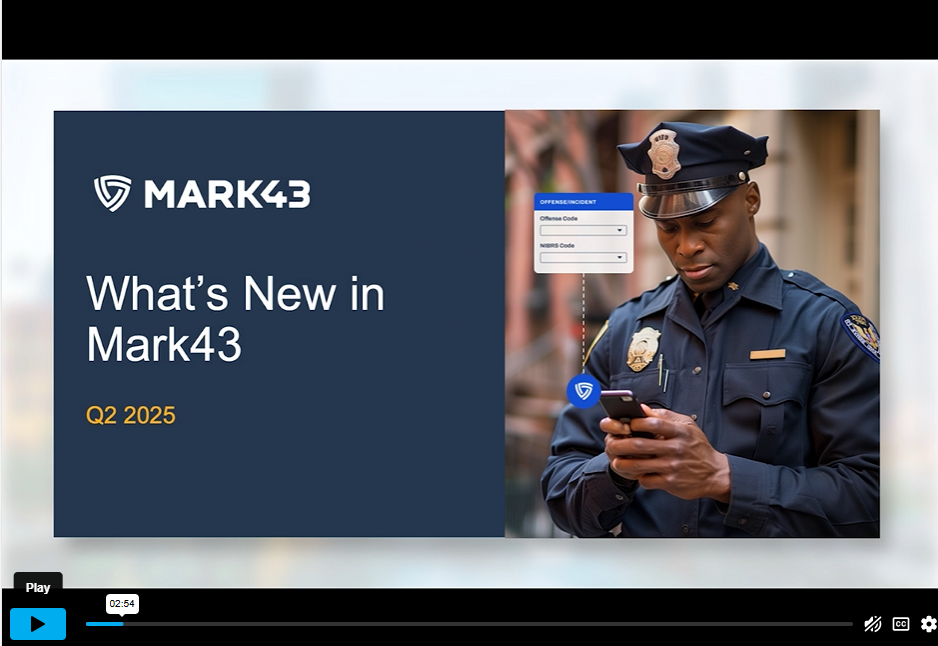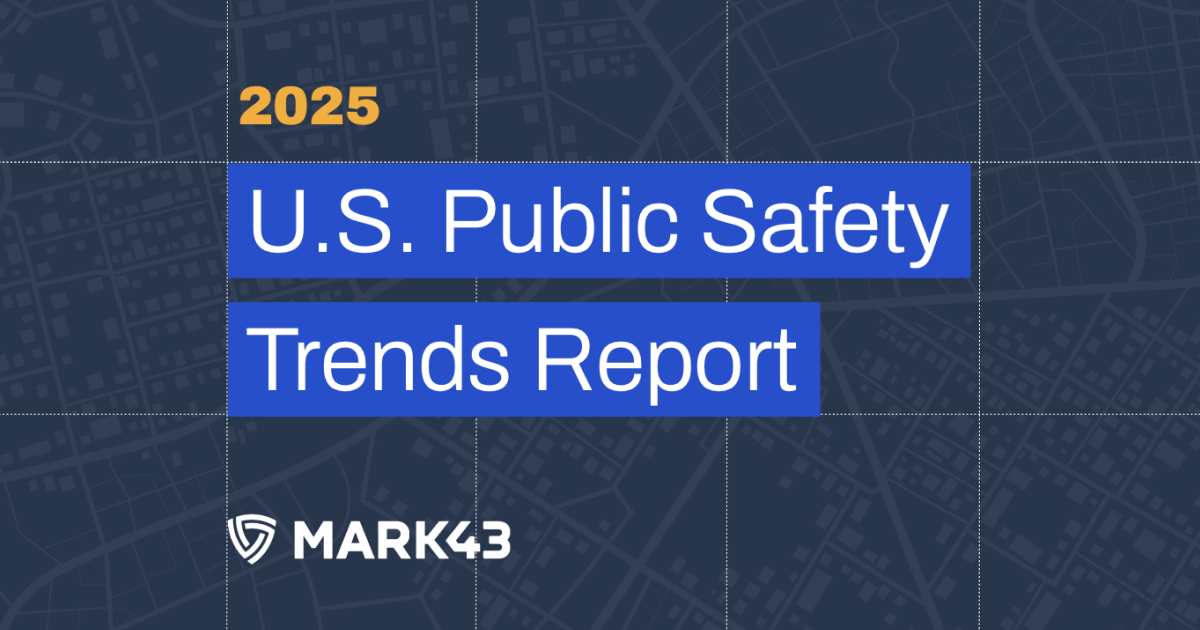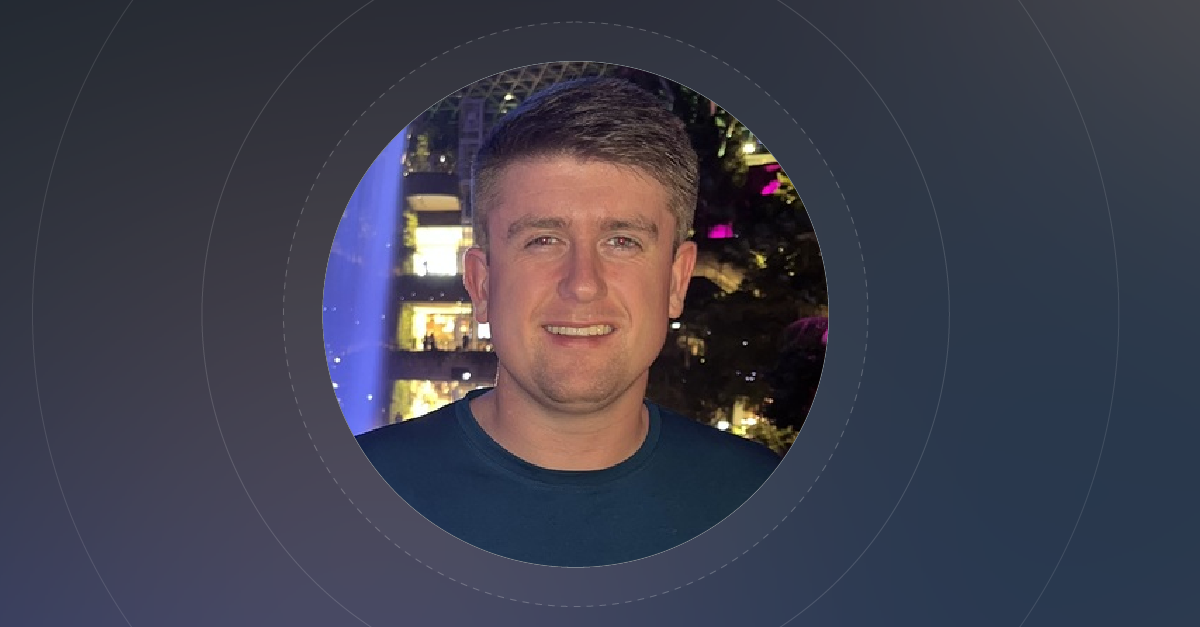
Hollywood prisons are high-tech, so obviously real-life ones are, too.
Oh, and they always have plenty of well-rested staff.
Well… Not everything you see on television is true. (Shockingly.)
I got to talk with Ethan Aldrich, founder of UNIT Innovations, a tech company centered around government technologies–he actually sold his first govtech software when he was 15 years old.
Ethan’s current project is a jail management system called Premises, the facility management and suicide prevention product he’s been working on now for about two years.
“It’s something that nobody else in the market has,” he said. “It’s totally differentiated.”
<“From over 50 or 60 jails that I’ve been in, it’s just constantly hectic.” —Ethin Aldrich>
Acknowledging Assumptions about Correctional Facilities
Having deep experience with the management side of corrections and criminal justice, Ethan has seen a lot of detrimental assumptions about prisons.
“People think that correctional facilities and federal prisons must be the most high tech places,” he said. “They must have all these crazy technologies, and they’re super secure, and they have a bunch of people always watching the offenders.”
Wrong. Prisons aren’t ahead of their time, and they’re mostly not high tech (yet).
People don’t recognize that there are paper logs. That prisons are understaffed.
“People don’t understand how hard it is in these facilities day to day, how busy these people are, how hectic it is, how dangerous it is,” Ethan said.
To some degree, these unfounded assumptions create problems like underfunding and understaffing.
Civilians just assume that everything is running fine (at best), or they just don’t care (at worst).
[popup_trigger id=”1576″ tag=”pinpoint”]
[/popup_trigger]
Overcoming Negative Factors
So many negative factors that contribute to what makes it hard to work in a correctional facility.
A huge one is underfunding that stems from a philosophical root problem.
“The public feels that prisoners shouldn’t be treated well and don’t need funding,” Ethan said.
It hurt to hear. “A lot of times, they’re just underfunded, and the public doesn’t care about them from a philosophical viewpoint,” he added.
This leads to the understaffing problem, which leads to a whole host of other problems. “It’s the root to a lot of officers being too busy,” Ethan said. Like sleeping through the night instead of working because they’re on their fifth overtime within the same week.
“From over 50 or 60 jails that I’ve been in, it’s just constantly hectic,” Ethan said. “Everyone’s running around because they’re doing double the amount of tasks they should be doing.”
The busy staff means that offenders don’t have a personal connection or rehabilitating features within the facility to help them.
<“People think that correctional facilities and federal prisons must be the most high tech places.” —Ethin Aldrich>
JMS Technology Is Outdated
True story that Ethan told.
A jail management system (JMS) company’s CEO passed away and the company was run amok. Nobody at any facility knew the management there. The software was 30 years old. Sitting on a box under their computers.
”They had no idea who to contact for support. They had no idea if this thing was going to break down. They had no idea how to retrieve their data out of the system. They’re trying to press buttons to add inmates and hope nothing breaks,” Ethan said.
This info is the root of any facility, foundational data like where an inmate should be in the facility.
“When those systems are sitting on a little black box under your desk and you’re not really sure if it’s going to work tomorrow, that is just asinine, especially for a government facility,” Ethan said.
That assumption that facilities are high-tech? Just the opposite.
Suicide in Correctional Facilities
As far as facility functions and daily workflows that lead to instances of suicide, Ethan said it’s a concrete problem with clear solutions.
-
Adequate staff
“They aren’t hiring more staff to help them out, and they don’t have time to visit the whole facility,” he said.
-
Paper logging
Officers are required to check on inmates in person every 15 to 30 minutes, but paper logs are easy to falsify.
“They’ll copy the bar codes and scan them instead of actually walking around the facility,” Ethan said.
-
Transparency and accountability
If a facility lacks the transparency to ensure that officers are completing their rounds, you’re not going to see inmate suicides.
With the paper systems based on QR barcodes, you don’t have that accountability.
<“The public feels that prisoners shouldn’t be treated well and don’t need funding.” —Ethin Aldrich>
A Technology Solution
“It’s crazy that most of these facilities don’t have the technology to combat this,” Ethan said. “This is exactly what I’ve been working on for the past two and a half years.”
He puts sensors around the facility and gives officers their own mobile devices. Officers are incentivized to do their workflows.
Here’s how it works. “All the devices within the facility will know when something is in progress,” Ethan said. The individual devices will alert the officers when their workflows are due soon and prompt them to complete their rounds.
“It’ll also alert administrators if something was late. So a captain or a supervisor can know within the minute. What devices in this area of the facility, what device should be doing this? Who do I need to contact to make sure this happened?” he added.
Ethan has clients in every part of the U.S. now, because he can offer customization like how frequently rounds are required by state laws and areas where WiFi isn’t allowed.
In facilities, some officers spend outrageous amounts of time supervising checks. It’s a game changer to hear that a device could lift that burden for them.
“In meetings or conferences or pitches to these people in the facility, I tell them, yes, now you don’t have to yell at your officers anymore. The device will do it for you,” Ethan said. “And they always laugh.”
Contact Ethan at on Twitter @ethajaldrich or check out his LinkedIn.
This post is based on a Pinpoint podcast with Ethan Aldrich of UNIT Innovations. To hear this and many other episodes, you can subscribe here.







